Deciduous Conifers
Deciduous conifers are less common than their evergreen counterparts, but they add a unique, structural component to the landscape.
Deciduous conifers lose their needles in the fall, revealing unique bark textures and branching patterns, which draws special attention to new growth in the spring.
Metasequoia glyptostroboides ‘Miss Grace’The Miss Grace dawn redwood is a beautiful, elegant, weeping deciduous conifer that captures the silhouette of an art nouveau woman. The needles are green, but they fade to a bright orange in the fall. As the needles drop, they reveal textured, peeling bark.
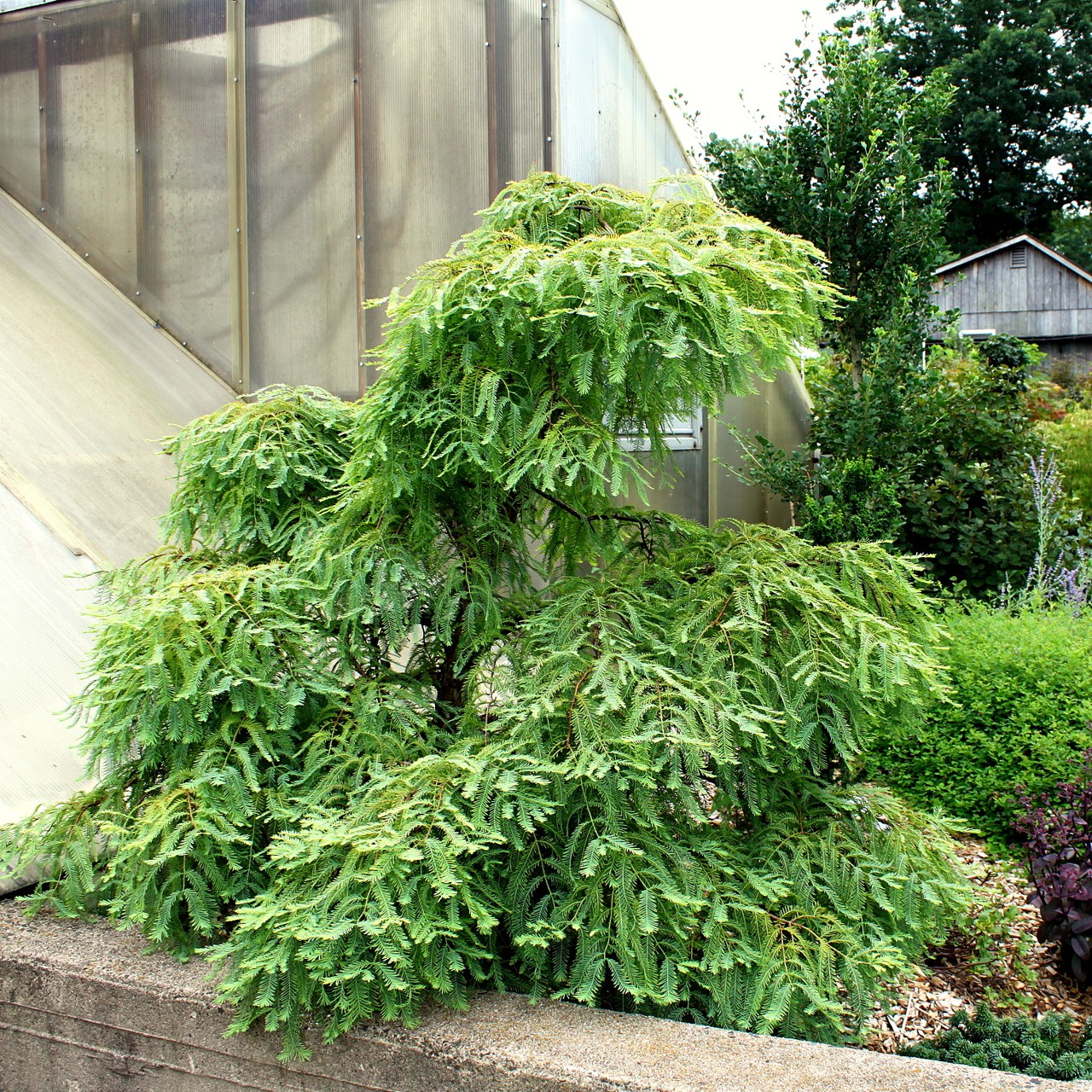
Metasequoia glyptostroboides ‘Miss Grace’
The North Light dawn redwood is a small, globose conifer with reddish brown bark. The needles are a beautiful butter yellow with pink undertones.
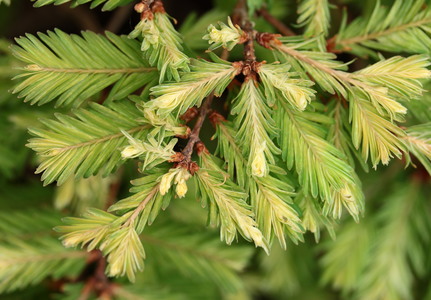
Metasequoia glyptostroboides ‘North Light’
The Peve Minaret bald cypress has a broad, upright, conical shape with green leaves that turn a burnt orange color in the fall. The tree can be pruned to have a more formal, columnar shape. This species is excellent for wet sites.
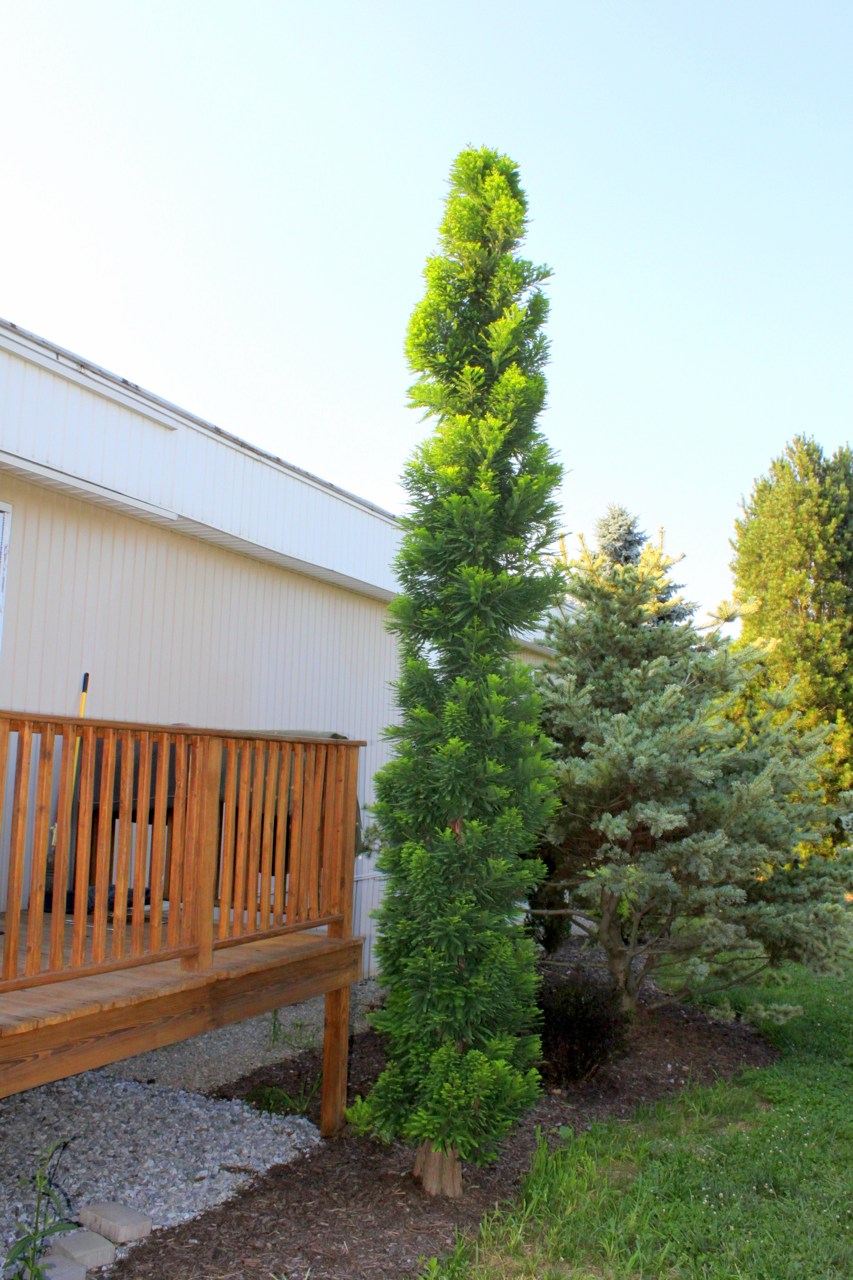
Taxodium distichum ‘Peve Minaret’
This dwarf European larch has an odd, sporadic growth structure that seems to defy nature at times. Branches twist and curl, sometimes even making a 90o turn with random tufts of needles at the junctures. This cultivar truly shines during the winter, when the needles fall and reveal the eccentric branching structure.
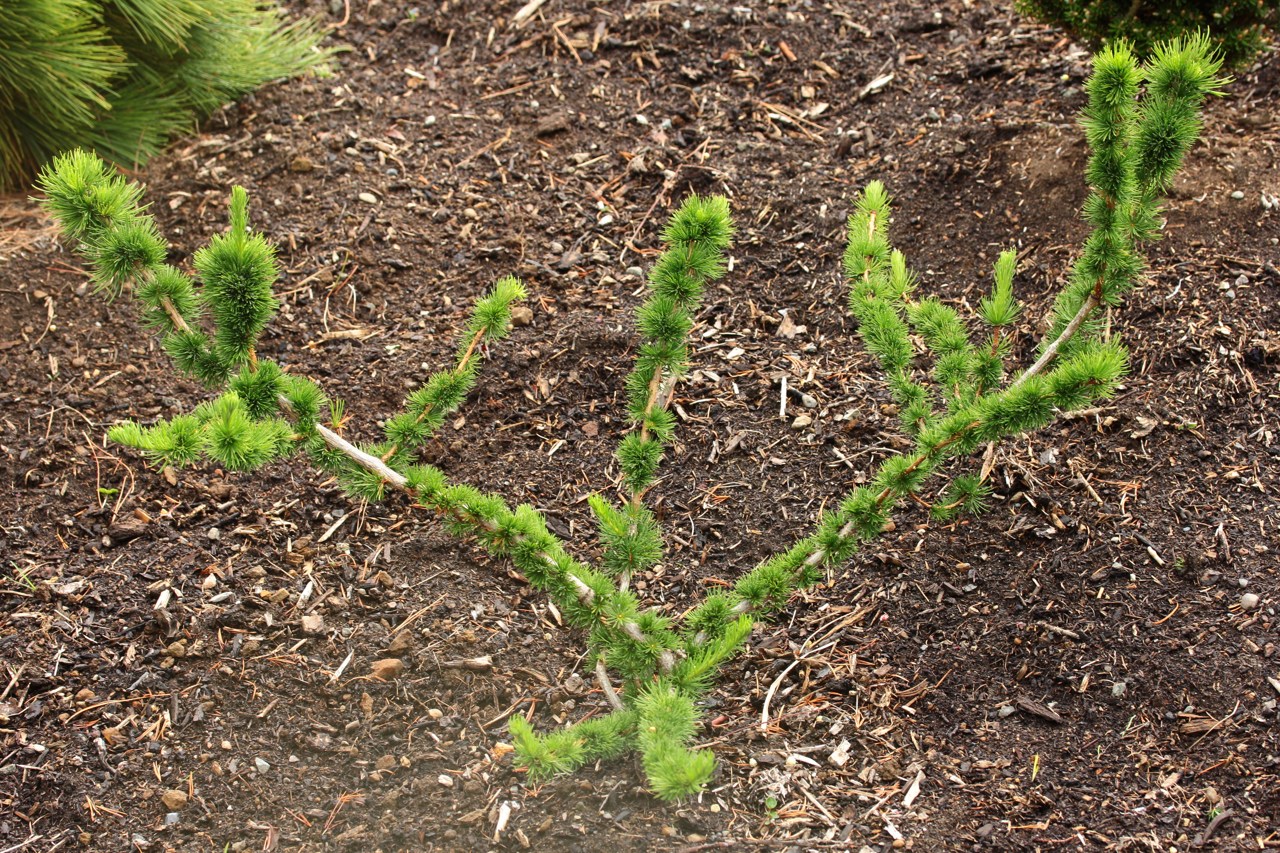
Larix decidua ‘Krejci’
The Puli European larch has thin, heavily weeping branches that form lime green needles in the spring, which eventually fade to dark green and then a rich, golden yellow in the fall. This tree has an elegant, waterfall appearance when the trunk is staked, but it can also be left to creep along the ground and form a soft, mounding shape.
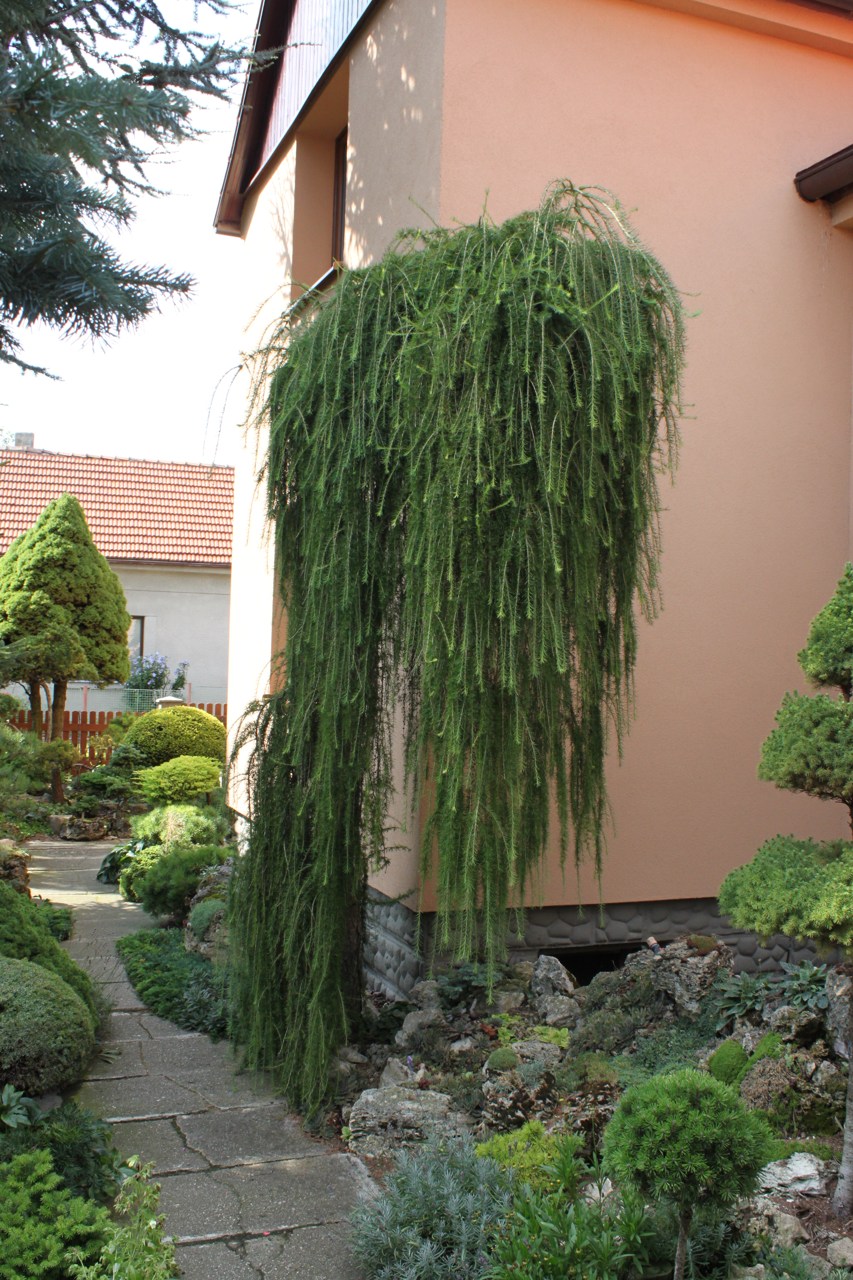
Larix decidua ‘Puli’
The ginkgo is a truly unique and majestic species. Ginkgos are broadleaf, deciduous trees with fan-shaped leaves that range from lime green to a creamy yellow. In the fall, leaves will turn a brilliant gold color before falling and revealing the strong branching structure.
Ginkgos are not conifers. Conifers and ginkgos are both gymnosperms, but they belong to different scientific classes.
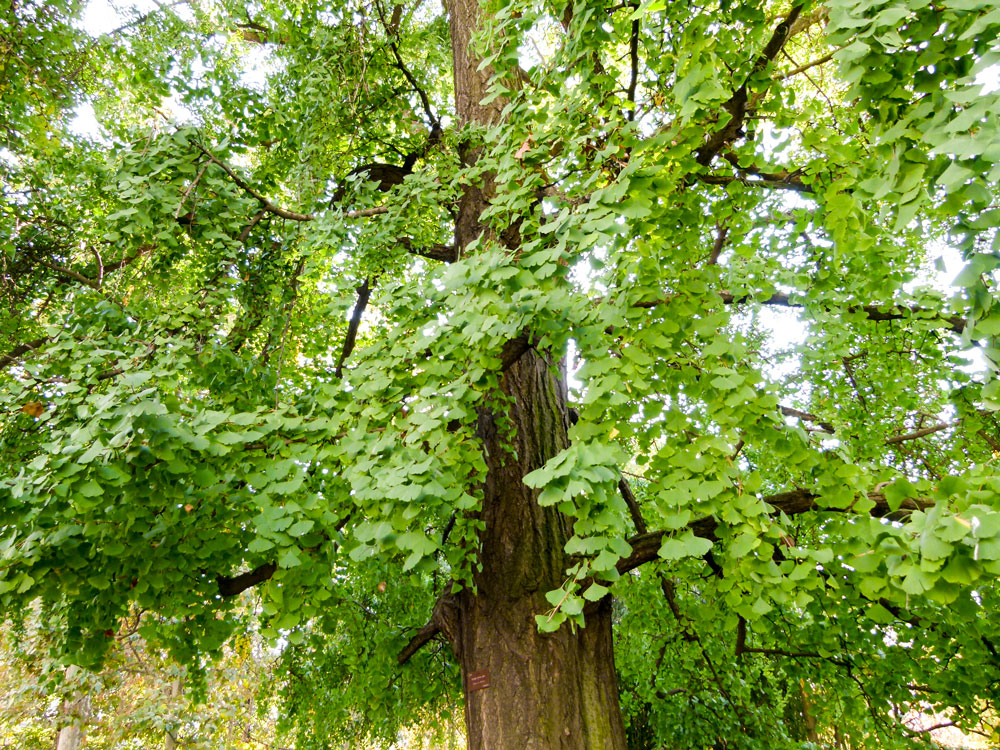
Ginkgo